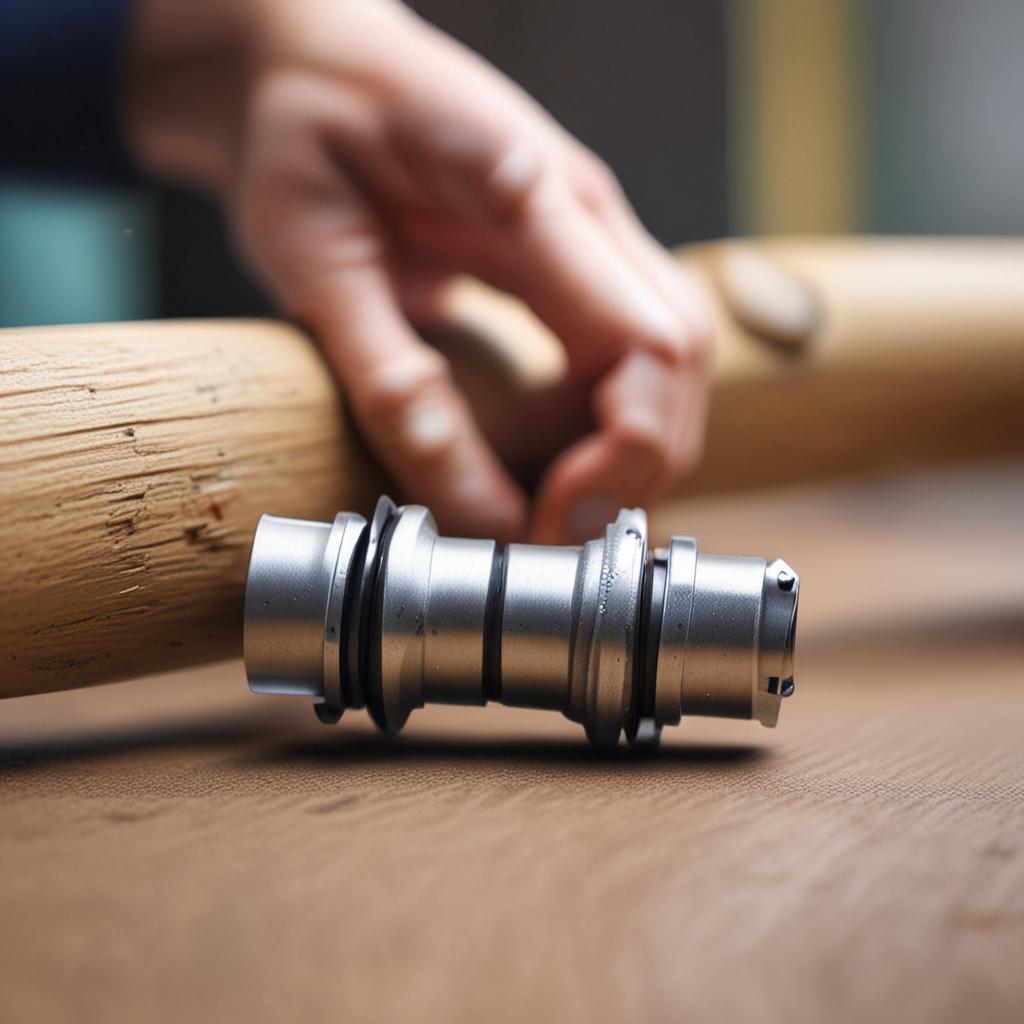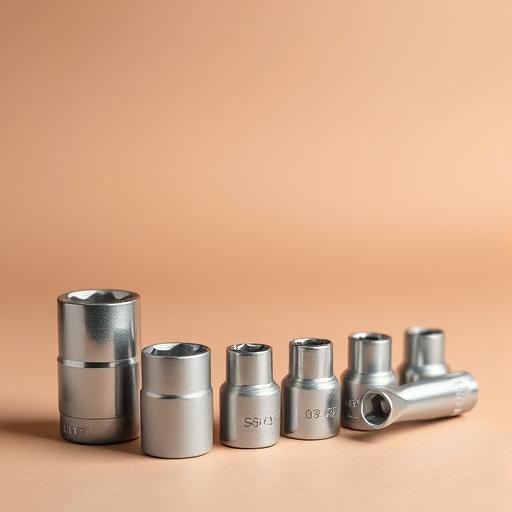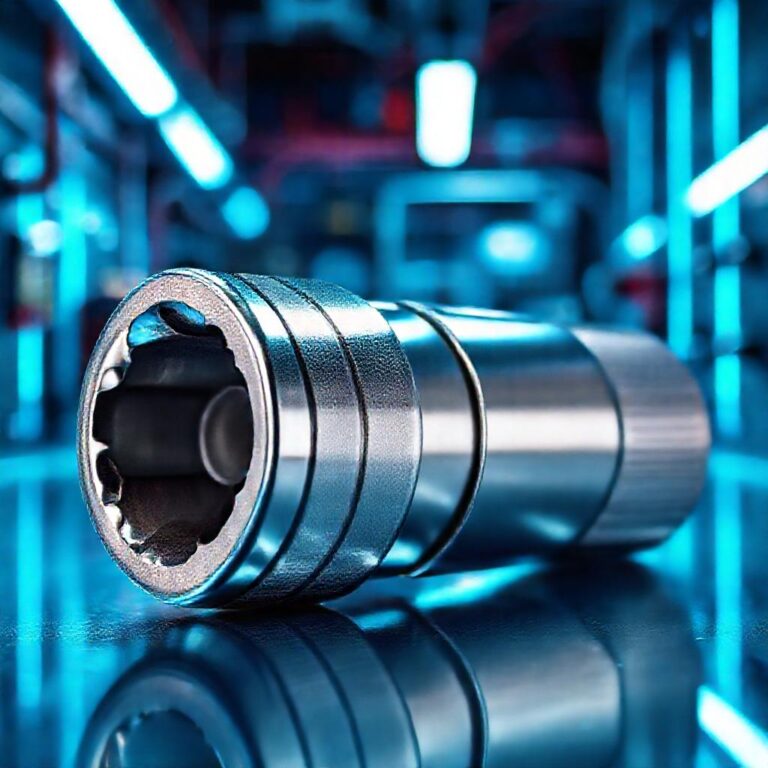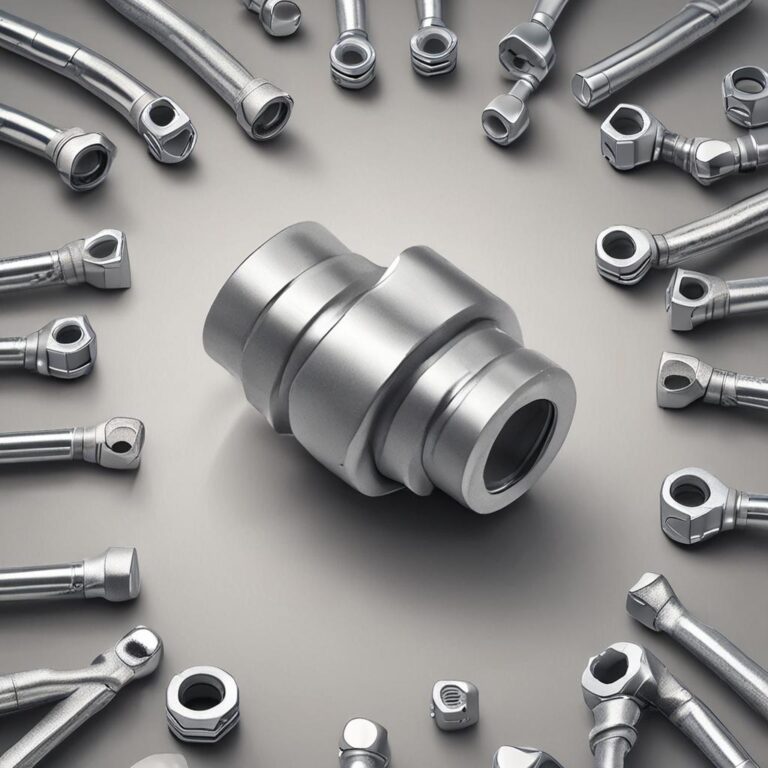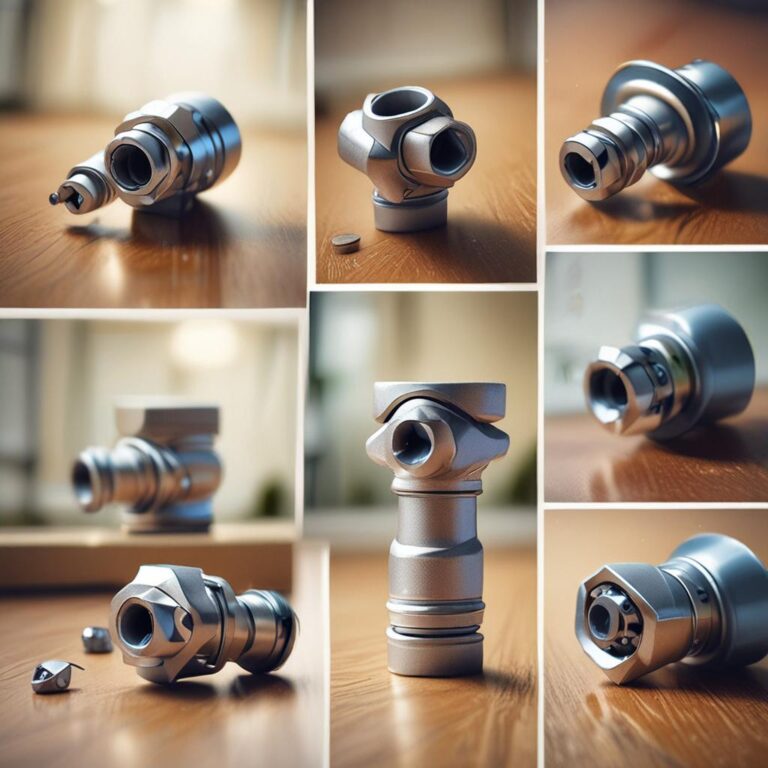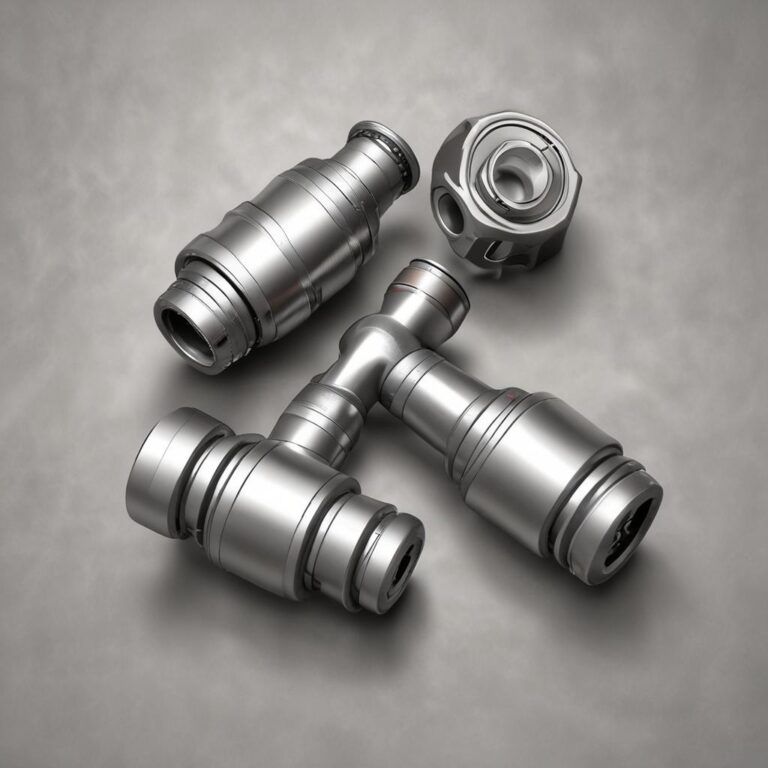Universal Joint Sockets
Universal joint sockets are invaluable tools in mechanics, engineering, and DIY projects, offering unparalleled flexibility and efficiency in tight or awkward spaces. Whether you’re a professional mechanic or a home enthusiast, understanding these versatile tools can significantly enhance your ability to tackle complex repairs and installations. From automotive work to industrial machinery, universal joint sockets provide the adaptability needed to reach and torque fasteners in hard-to-access areas, making them a must-have in any toolkit.
What Is a Universal Joint Socket?
A universal joint socket is a specialized tool designed to transmit torque at various angles, allowing access to fasteners in confined or angled spaces. Unlike standard sockets, which require a direct, straight-line connection, universal joint sockets feature a flexible joint that articulates, enabling precise control even in constrained environments.
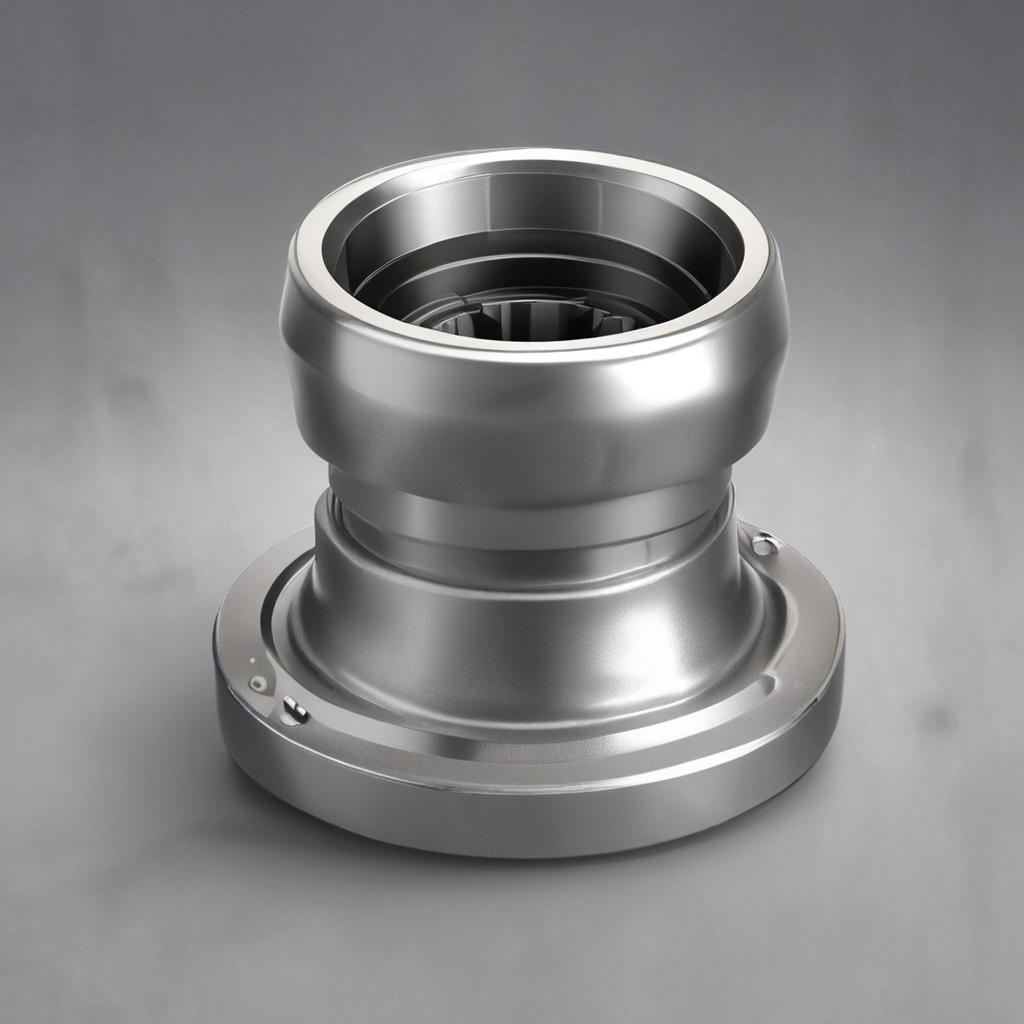
The key components include:
- A universal joint (or U-joint) that allows rotational movement
Types of Universal Joint Sockets
Flexible Universal Joint Sockets
Flexible universal joint sockets can bend at multiple angles, making them ideal for maneuvering around obstacles. These are commonly used in automotive repair, particularly when working on suspension components or brake systems, where space is limited.
Fixed Universal Joint Sockets
Fixed universal joint sockets feature a rigid design that ensures maximum torque transmission without flexing. These are best suited for applications requiring straight-line precision, such as removing lug nuts or tightening bolts in a linear path.
Telescoping Universal Joint Sockets
Telescoping universal joint sockets offer adjustable length, providing versatility for both deep and shallow applications. They are frequently used in automotive and industrial repair, where the distance between the tool and the fastener can vary.
Key Features and Benefits
Universal joint sockets offer several advantages over traditional tools:
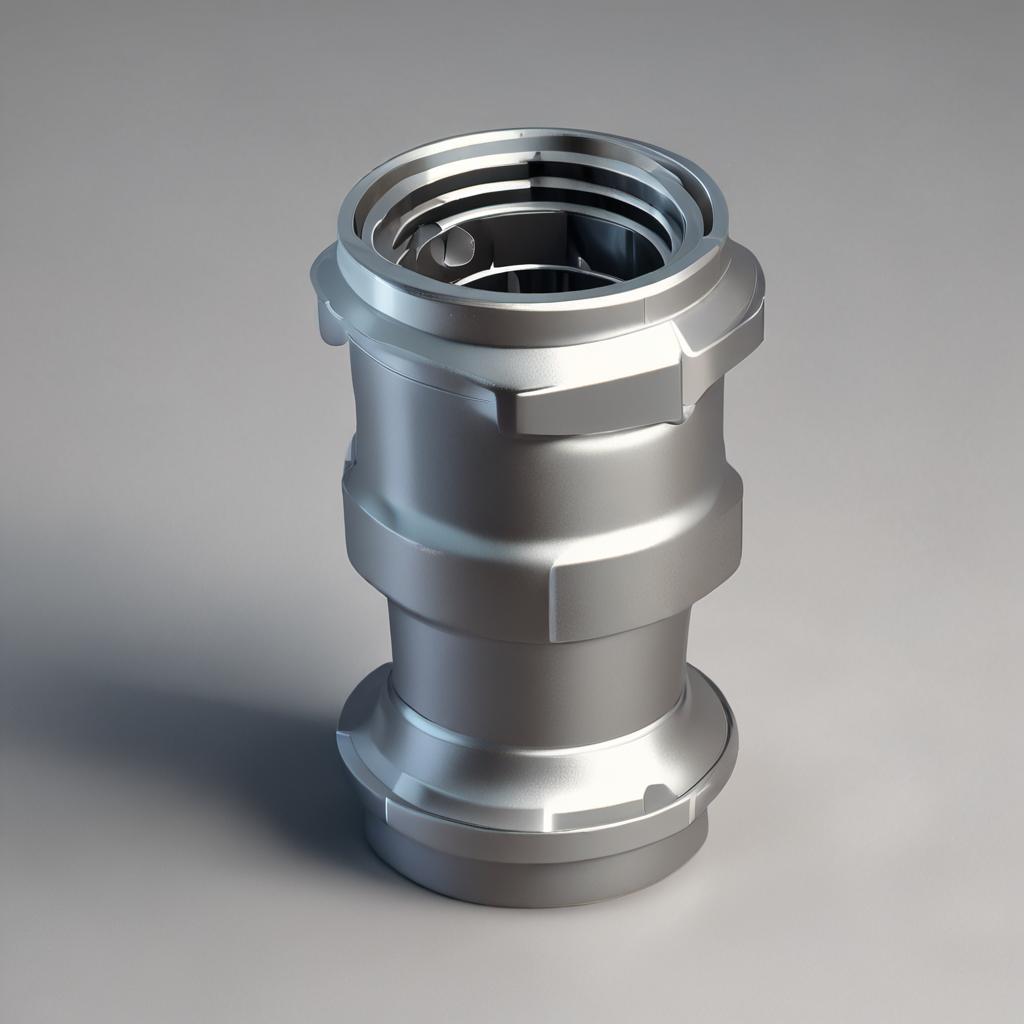
- High torque transmission capability, ensuring efficient fastening and loosening
Common Applications of Universal Joint Sockets
These tools are essential in multiple industries:
- Automotive Repair: Removing wheel nuts, working on suspension systems, or accessing engine components
How to Choose the Right Universal Joint Socket
Selecting the appropriate universal joint socket depends on several factors:
- Size: Ensure the socket fits the fastener size and drive tool (e.g., ½-inch or ¾-inch drive)
Maintenance and Troubleshooting
To extend the lifespan of your universal joint socket:
- Cleaning: Remove debris and lubricate the joint regularly
Conclusion
Universal joint sockets are indispensable tools for professionals and DIYers alike, offering flexibility and efficiency in challenging repair tasks. By understanding their types, applications, and maintenance needs, you can make informed choices to enhance your toolkit. Whether you’re working on a car’s suspension or industrial machinery, the right universal joint socket can make the job easier and more precise.
FAQ: Frequently Asked Questions About Universal Joint Sockets
Q1: Can a universal joint socket be used with any socket set?
Universal joint sockets are compatible with standard and deep sockets as long as the drive size matches (e.g., ½-inch or ¾-inch). Always verify compatibility before use.
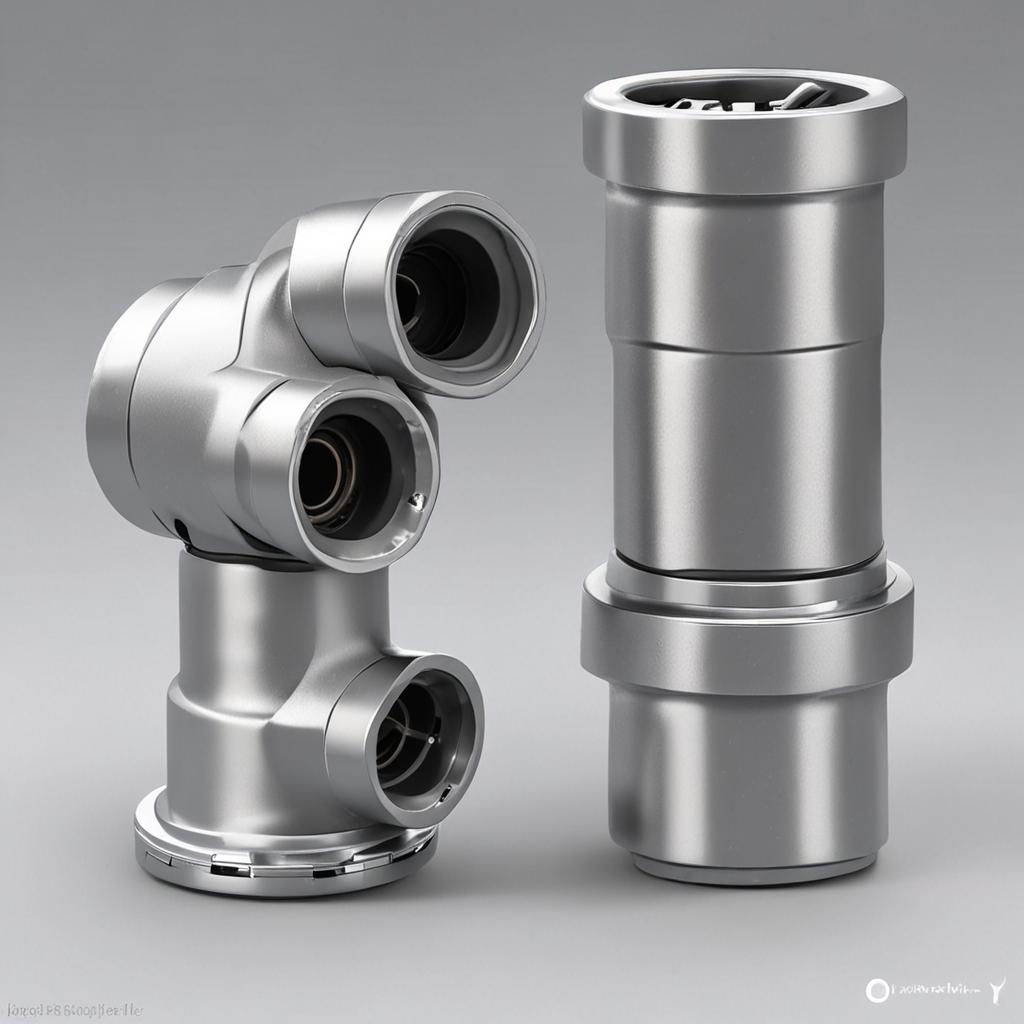
Q2: How do I prevent a universal joint socket from seizing up?
Regular lubrication with a high-quality grease or oil prevents corrosion and ensures smooth movement. Avoid excessive force to prevent damage.
Q3: Are universal joint sockets suitable for high-torque applications?
Yes, but check the manufacturer’s torque rating. For extreme torque, a breaker bar or impact socket may be more appropriate.
Q4: What is the difference between a universal joint socket and a breaker bar?
Comparison table for Q4: What is the difference between a universal joint socket and a breaker bar?
A breaker bar provides leverage for loosening tight fasteners, while a universal joint socket allows angle adjustment for access. Use a breaker bar for brute force and a U-joint for flexibility.
Q5: Can I use a universal joint socket for impact drivers?
It’s generally not recommended due to safety risks. Impact drivers generate high torque, which can damage or seize the U-joint. Use impact-rated sockets instead.

